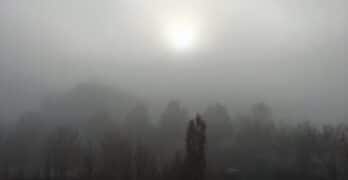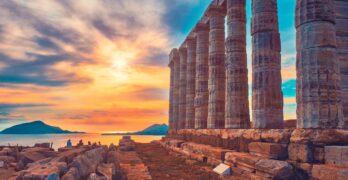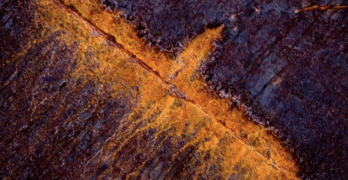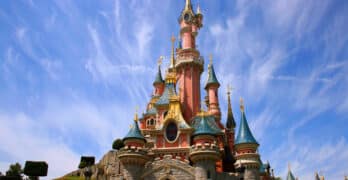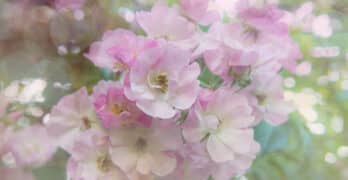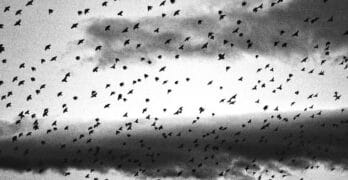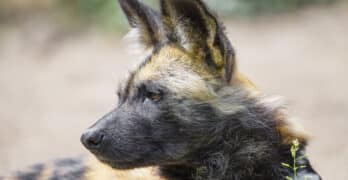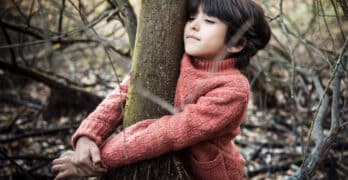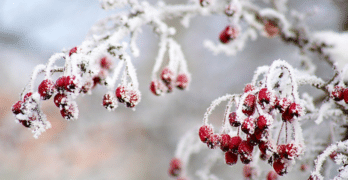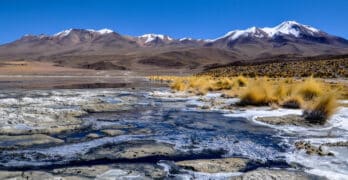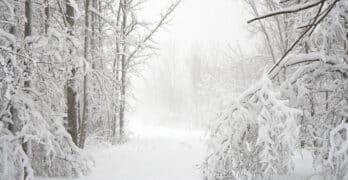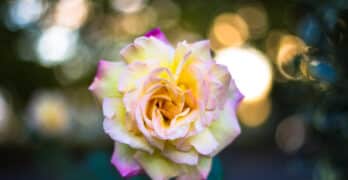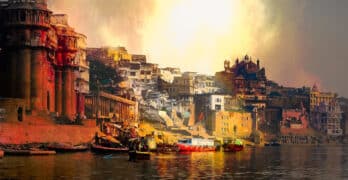In “Horace: Poet on a Volcano,” British author and journalist Peter Stothard tells the story of the Roman poet through his odes.
David Jones Writes an Extraordinary World War I Poem
With “In Parenthesis,” David Jones wrote great World War I poems and a classic in English literature.
A.E. Stallings: the Parthenon Marbles, Poets, and Artists
In “Frieze Frame,” poet A.E. Stallings explains how poets and artists have framed the debate about the Parthenon Marbles from the beginning.
Poets and Fables: Steven Flint and “The Sun and the Boy”
“The Sun and the Boy” by haiku poet Steven Flint is a charming allegory of love, friendship, and faithfulness.
“108”: An Ecothriller by Former Poet Laura Dheepa Maturi
“108” is an ecothriller by attorney, writer, and former Poet Laura Dheepa Maturi, and it is one wild ride of a read.
Dana Gioia Defines the Enchantment in Poetry
The aim of poetry is enchantment, writes poet Dana Gioia in his new collection of essays on poetry and culture.
“I Am the Arrow”: Sarah Ruden Tells Sylvia Plath’s Story
Sarah Ruden uses six of Sylvia Plath’s poems to tell the poet’s story, stripping away political iconography to reveal the poet’s achievement.
A Novel in Verse: “Eugene Nadelman” by Michael Weingard
Michael Weingard writes a coming-of-age novel in verse. If you came of age in the 1980s, certain cultural icons and events are likely imprinted in your brain.
A History of Children’s Stories: “The Haunted Wood” by Sam Leith
In “The Haunted Wood,” author and journalist Sam Leith tells the history of children’s literature and how it changed as culture changed.
An Anthology on Reading and Writing Poetry
“The Poetry Reader” by Mark Yakich is an anthology of poems about reading and writing poetry.
Robert Waldron Imagines the Creation of “The Hound of Heaven”
In “The Hounds of Heaven at My Heels,” Robert Waldron imagines the creation of the great late 19th century poem by Francis Thompson.
Ben Palpant Talks with 17 Poets About, Well, Poetry
In “An Axe for the Frozen Sea,” poet and writer Ben Palpant interviews 17 poets about poetry and why and how they write.
“The Sadbook Collections 2″ by Sara Barkat
“The Sadbook Collections 2” by Sara Barkat provides cartoons of a stick figure character who has a poetic heart.
Donald Hall and Andrew Motion Write Poetic Memoirs
I’m not sure why I first started reading memoirs by major poetic figures, but I recently read two that struck me as particularly significant in the development and history of what we consider contemporary poetry.
Essays: Benjamin Myers Takes on Ambiguity and Belonging
In “Ambiguity & Belonging,” poet Benjamin Myers has assembled a collection of essays about place, education, and poetry.
“The Colour Out of Space” by H.P. Lovecraft and Sara Barkat
Using a graphic novel format, Sara Barkat has turned H.P. Lovecraft’s horror classic “The Colour Out of Space” into a classic of its own.
Jay Parini Has 16 Robert Frost Poems to Memorize
In “Robert Frost: Sixteen Poems to Learn by Heart,” Jay Parini has written a great introduction to the poet and reasons to memorize his work.
Honeybees, Death, Grief, and Life: “The Honey Field” by Laura Boggess
“The Honey Field” by Laura Boggess is a story of death and grief, healing and recovery, life and love — and honeybees, of course.
Poetry Becomes Theater: “The Last Days of Troy” by Simon Armitage
In “The Last Days of Troy,” British poet laureate Simon Armitage turns Homer’s epic poem into a riveting theater production.
“New Orleans Poems in Creole and French” by Jules Choppin
In “New Orleans Poems in Creole and French,” Jules Choppin takes us into regional culture, language, and that sometimes seems strange.

